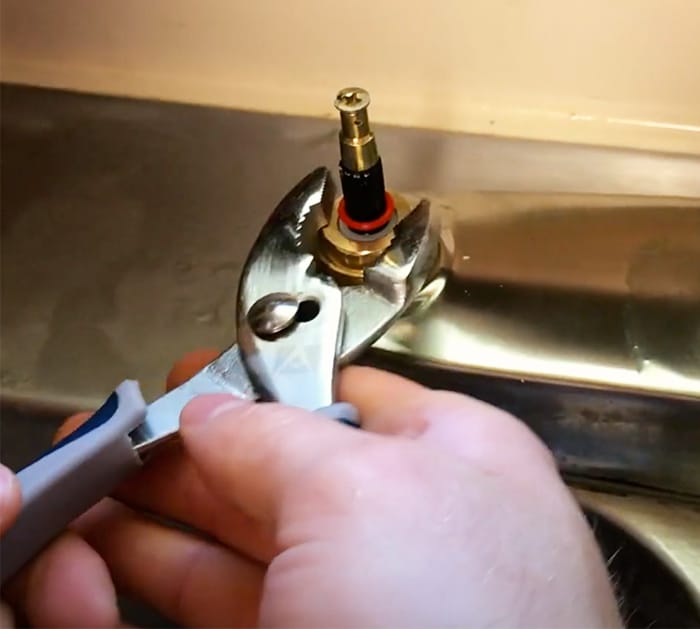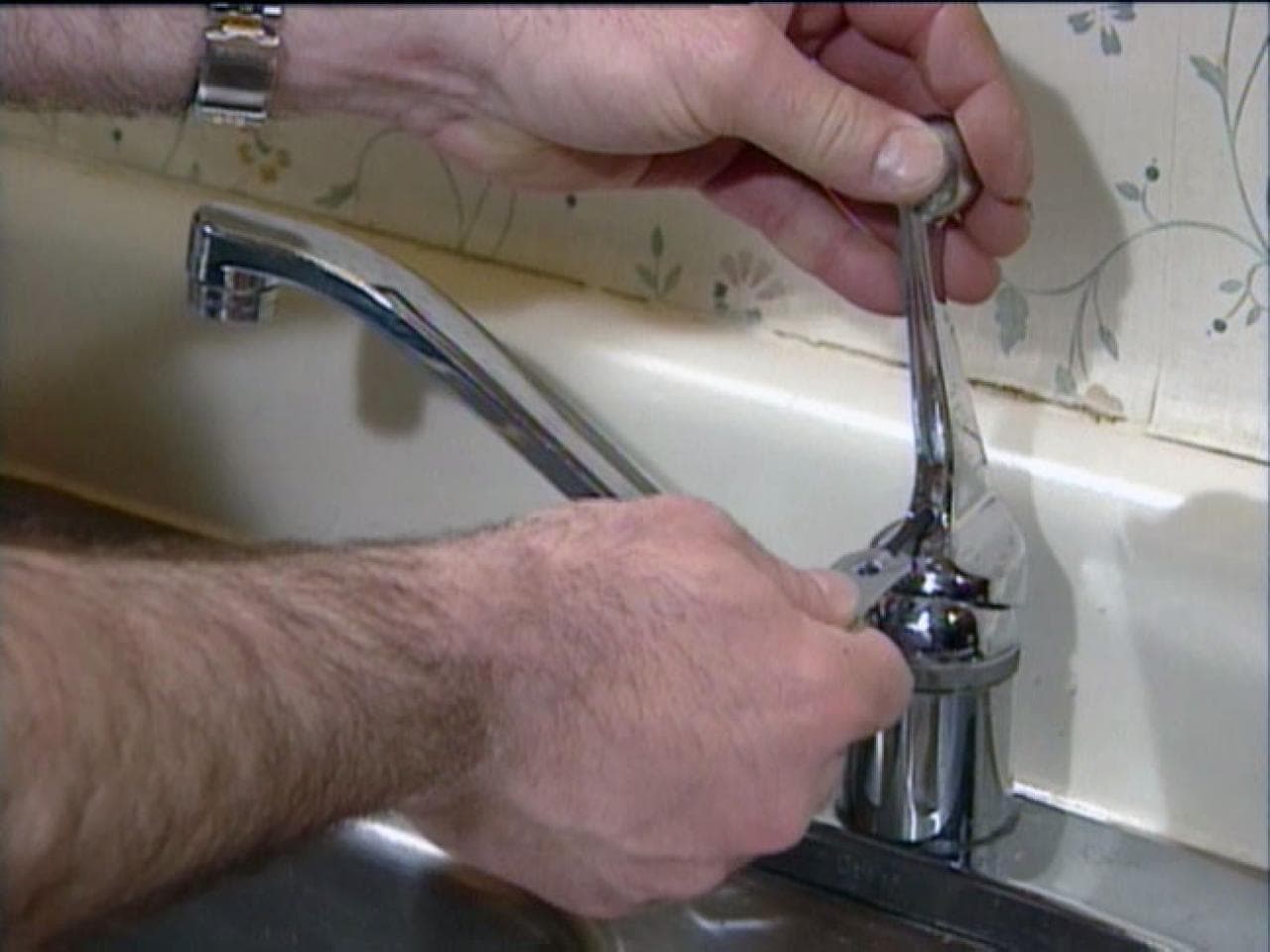Why It's Essential to Repair a Broken Faucet
Why It's Essential to Repair a Broken Faucet
Blog Article
What're your beliefs about 4 Common Reasons for a Leaky Faucet?

Trickling taps could seem like a small inconvenience, yet their influence exceeds just the inconvenience of the sound. From wasting water to sustaining unneeded monetary costs and health threats, overlooking a dripping tap can cause various consequences. In this post, we'll explore why it's crucial to resolve this common house problem without delay and successfully.
Waste of Water
Ecological Effect
Trickling faucets add considerably to water wastefulness. According to the Environmental Protection Agency (EPA), a single tap trickling at one drip per second can lose greater than 3,000 gallons of water per year. This not only stress water resources however additionally affects environments and wild animals dependent on them.
Financial Expenses
Raised Water Expenses
Past the ecological impact, dripping faucets can pump up water expenses considerably. The gathered wastage in time equates right into greater energy expenditures, which can have been stayed clear of with prompt fixings.
Potential Residential Or Commercial Property Damage
Moreover, prolonged trickling can bring about harm to fixtures and surface areas surrounding the faucet. Water buildup can create staining, corrosion, and even structural issues if left neglected, resulting in extra repair work expenses.
Wellness Problems
Mold And Mildew and Mildew Growth
The constant presence of moisture from a dripping faucet creates an optimal atmosphere for mold and mildew development. These fungis not just jeopardize indoor air high quality but also posture wellness dangers, especially for individuals with breathing conditions or allergic reactions.
Waterborne Illness
Stagnant water in trickling faucets can become a breeding place for microorganisms and various other pathogens, raising the danger of waterborne conditions. Pollutants such as Legionella bacteria prosper in stagnant water, potentially leading to severe illnesses when consumed or breathed in.
DIY vs. Professional Repair service
Advantages and disadvantages of Do It Yourself Repair
While some may try to deal with a dripping tap themselves, DIY repair work include their very own collection of challenges. Without appropriate understanding and devices, do it yourself efforts can aggravate the issue or lead to incomplete repair work, lengthening the trouble.
Advantages of Working With a Specialist Plumber
Working with a specialist plumber makes certain that the underlying source of the trickling faucet is attended to properly. Plumbers have the proficiency and equipment to detect and fix tap issues efficiently, saving time and lessening the threat of additional damages.
Step-by-Step Guide to Fixing a Dripping Tap
Tools Required
Before attempting to deal with a leaking faucet, collect the necessary devices, including an adjustable wrench, screwdrivers, substitute parts (such as washers or cartridges), and plumber's tape.
Typical Faucet Issues and Their Solutions
Determine the type of tap and the specific issue triggering the drip. Usual problems consist of damaged washers, corroded shutoff seats, or defective O-rings. Describe manufacturer directions or on-line tutorials for detailed advice on repairs.
Preventive Measures
Routine Upkeep Tips
To stop dripping faucets, carry out regular upkeep such as cleansing aerators, evaluating for leakages, and changing damaged components promptly. Furthermore, think about setting up water-saving gadgets or upgrading to a lot more effective fixtures.
Significance of Prompt Repairs
Dealing with dripping taps as quickly as they're observed stops more water waste and prospective damage, ultimately conserving both water and money in the long run.
Impact on Property Value
Perception of Well-Maintained Residential Property
Maintaining a residential or commercial property in good condition, consisting of attending to maintenance concerns like leaking taps, improves its regarded value and worth among prospective buyers or occupants.
Impact on Resale Value
Properties with well-kept plumbing components, including faucets, command greater resale worths in the real estate market. Dealing with trickling faucets can add to a positive perception throughout home examinations and negotiations.
Ecological Obligation
Specific Contribution to Conservation
Taking obligation for fixing leaking taps aligns with more comprehensive efforts toward water preservation and environmental sustainability. Every person's activities collectively make a considerable effect on preserving precious resources.
Lasting Living Practices
By focusing on timely fixings and embracing water-saving behaviors, people contribute to lasting living methods that benefit both existing and future generations.
Final thought
Dealing with a trickling faucet goes beyond plain benefit; it's a vital step towards saving water, reducing monetary costs, and securing health and building. Whether with DIY repair work or specialist help, doing something about it to repair trickling faucets is a little yet impactful means to advertise responsible stewardship of sources and add to a healthier, more lasting future.
How to Fix a Leaky Faucet: Step-by-Step Repair Guide
A leaky faucet may seem like a simple annoyance, but if it's not fixed promptly, that leak could cost hundreds to potentially thousands. From water damage to mold, mildew, and high water bills, even a tiny leak can be catastrophic if left unattended. Damage like this can even affect the overall value of your home, so it's important to take the right approach for leaky faucet repair. You may need the help of a plumber in some cases, but we've got a few tips you can try on how to fix a leaky faucet before calling the pros.
Four Faucet Types
When you're learning how to fix a leaky faucet, the first step is knowing what kind of faucet you're working with! There are four common types.
Cartridge Faucets
Cartridge faucets come in one- or two-handled varieties. In one-handled cartridge faucets, hot and cold water combines in a single cartridge. In the two-handled versions, hot and cold water are controlled separately and mixed in the faucet.
Ball Faucets
Ball faucets have a single lever you push up and down to adjust the pressure and rotate to change the temperature. A slotted metal ball controls the amount of water allowed into the spout.
Compression Washer Faucets
They're the oldest type of faucet, but they're still used in many homes — especially older ones. Compression faucets have two separate handles that, when turned, raise or lower the washer that seals a water valve. This valve stops water from flowing through the faucet when it is turned off.
Disc Faucets
Disc faucets rarely need to be repaired due to their maintenance-free design. The water flow is controlled by two discs — the upper one raises and lowers against a fixed lower disc, creating a watertight seal. If your disc faucet starts leaking, you may need to replace the seals or clean residue buildup from the inlets.
Fixing a Leaky Faucet
Step 1: Turn Off the Water
Whether you're learning how to fix a leaky bathtub faucet or how to fix a leaky kitchen faucet, always turn off the water supply to your working area when you're fixing a leak. The last thing you want is a flood added to your list of things to fix.
Look for the shutoff valves below your sink or around the tub and turn them clockwise to stop the water flow. If your faucet doesn't have shutoff valves, you may need to turn off the water for the whole house. Check to make sure it's off by turning the faucet on. If nothing comes out, you're ready to start the repair.
Step 2: Take Apart the Faucet
How you disassemble your faucet depends on the type of fixture you have. You can use a flathead screwdriver to remove the caps on top of the handle or handles for cartridge and compression faucets. Inside, you should see handle screws. Unscrew these with a screwdriver to remove the handle.
Disc- and ball-style faucets will typically have an inlet screw near the handle, and removing that will reveal the interior of the faucet.
Detach the Valve Stem
For cartridge- and compression-style faucets, you'll see the inner valve stem or cartridge once you remove the faucet handles. If you have a compression faucet, unscrew the brass valve stem. If you have a cartridge faucet, pull out the cartridge. If your cartridge has been in place for a while, it may require some tools or extra force to remove it due to mineral deposits.
Examine and Replace Parts
Once you've removed the parts, check them out to confirm what needs to be replaced. You may see corroded rubber washers, O-rings, stems, or cartridges. On a ball-style faucet, check the seats and springs for damage.
If you need to repair a leaky disc faucet, check the inlet and seals on the lower disc.
Once you determine what parts must be replaced, visit your local hardware store. Bring the damaged parts with you to ensure you can purchase the correct components to replace them.
Clean Valves and Faucet Cavity
If you've removed a stem or cartridge, you may notice mineral buildup in the faucet's threads. Use white vinegar to clean the valve seat by soaking it for a few minutes, then scrub it away with a soft toothbrush and rinse with warm water. You can also clean the interior of the faucet in the same way.
Reassemble the Faucet
Once your faucet is cleaned and the required parts have been replaced, it's time to reassemble it. Put the pieces back together and slowly turn the water supply back on. Doing this slowly is crucial because too much initial water pressure can damage the new hardware you've just installed.
https://homewarranty.firstam.com/blog/how-to-fix-leaky-faucet

I hope you enjoyed our excerpt on Why Is It Important To Fix Your Leaking Tap/Faucet?. Thank you for finding the time to browse our blog. Those who enjoyed reading our article plz remember to pass it around. Thanks a bunch for being here. Return soon.
Report this page